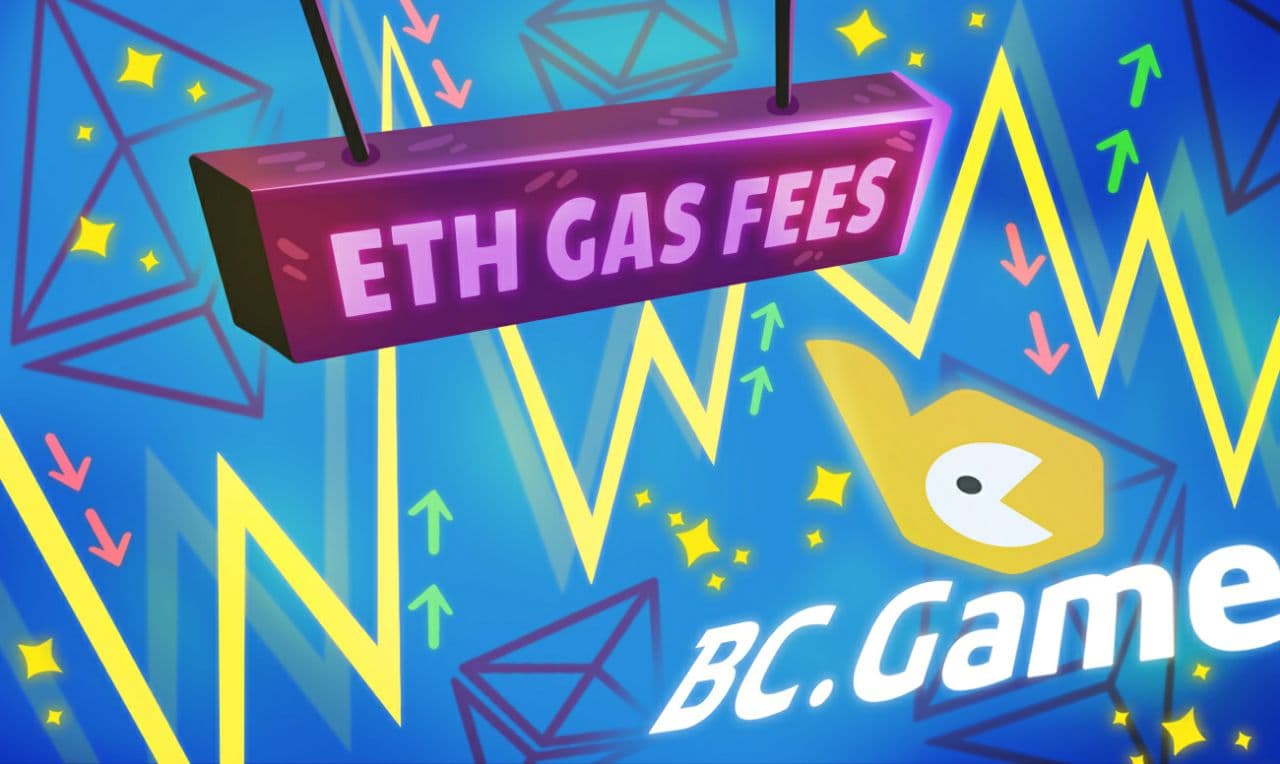Ethereum prices are on a roll. The smart contracts platform is getting closer to the $2k mark with a market cap above $200 billion. Regardless, traders are having a tough time with the fluctuation of ETH’s high gas fees. Crypto is meant to introduce efficiency. Ethereum, as a developer’s crypto, arguably needs this trait the most. High Gas fees are not compatible with this goal.
Paying $20 to move value is not sustainable, especially in gaming, where small values are moved. Activities like crypto gambling need these small transactions. Those who use ETH to wager on the best crypto games need low Gas fees. Bitcoin has also had high transaction fees for those who wish to transact fast. Bitcoin gambling games could use lower on-chain fees. Focusing on Ethereum, Gas fees have fluctuated lately. Averages hit an all-time high of $25 on Feb 5 but had come down slightly at press time.
What Is Causing Gas Fluctuation?
The term “Gas” refers to the cost of a transaction on the Ethereum blockchain. Gas prices fluctuate depending on network congestion. The higher the demand, the higher the Gas fees go. They reflect the computational power necessary to process requests or transactions on the Ethereum blockchain. The Ethereum blockchain needs Gas to run smoothly, just like humans need oxygen.
The term Gwei refers to a unit of ETH that denominates the transaction. It is common in Ethereum circles. The high Gas prices over the past couple of months indicate high transaction volumes. ETH prices are in record-high territory. Besides, the popularity of Decentralized Finance (DeFi) makes Ethereum the most transacted cryptocurrency worldwide. There is over $40 billion of value under management across DeFi applications. Additionally, decentralized exchanges are growing.
The combined effect adds load onto the Ethereum blockchain. This load results in validators demanding over $20 to verify Ethereum transactions. New project listings through decentralized exchanges and liquidity mining make Gas fees high on those platforms. The high Gas fees don’t impact whales as much as regular users. This phase of crypto has seen many institutional investors join the industry. They account for a significant part of DeFi volumes today. These investors don’t have the urgency to address Gas fees that regular traders have. The high volume of transactions fills blocks with transactions. Miners prioritize blocks with higher transaction fees because it is better for their bottom line.
The problem of high Gas fees is worse in decentralized exchanges. A DEX like Uniswap uses an Automated Market Maker (AMM) formula to match orders rather than order books like centralized exchanges. This process is automatic; sometimes, gas fees can get to $100. Accordingly, DEX transactions are becoming untenable for small traders.
ETH 2 Is Coming
Thankfully, the Ethereum blockchain is adapting to the changing landscape. ETH 2 involves a series of upgrades to improve the efficiency, usability, and scalability of the Ethereum blockchain. The end goal is to reach a phase called Serenity, which is the outcome of the upgrades. The new blockchain promises to remedy ridiculous Gas fees. The path to achieving this lies in changing the current mining model. Proof-of-Work mining is resource-intensive and uses specialised hardware.
Introducing the Beacon Chain in December set the transition in motion. Proof-of-Stake mining requires prospective Ethereum node validators to deposit 32 ETHs to earn that role. Validation requires some technical involvement. It allows more users to participate in securing the network. Therefore, PoS mining is a better means of mining to improve the efficiency of the Ethereum blockchain. The shift to staking is only a part of the movement toward Serenity. Next, the Ethereum network will introduce Shard Chains. These are extra chains that can run Ethereum transactions.
The competition for block space is what pushes transaction fees high now. With sidechains, the competition will not be as stiff. Currently, all nodes in the network must verify, download, and store every transaction. ETH 2 shares transactions across Shard Chains and distributes the load. PoS validators (stakers) don’t need to record transactions on the entire network. Instead, they only work within the Shard they are validating.
These upgrades will take years to complete. The goal is to help Ethereum scale and reduce Gas costs. For now, traders may have to contend with high Gas fees. ETH 2 will be useful for DeFi platforms. These platforms grew because of small investors and traders. Notably, institutional investors have been instrumental in ballooning this sector. Nonetheless, low Gas fees are instrumental in making DeFi and DEXes usable for most people.
Conclusion
High Gas fees undercut Ethereum’s goal of being the world’s computer. Accordingly, the current rates are not sustainable. ETH 2 is a timely introduction to reduce scalability issues. Ultimately, the network is better off with lower fees. Shard chains can’t come soon enough. By the time the network reaches Serenity, the Gas fee issues should hopefully be history.














